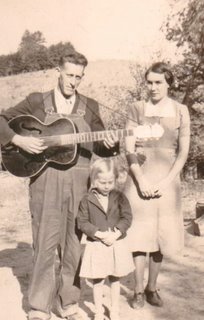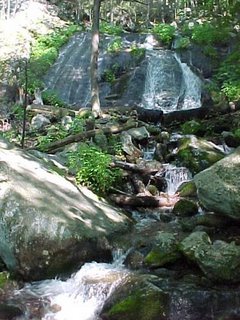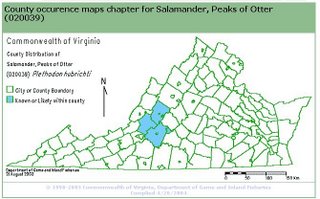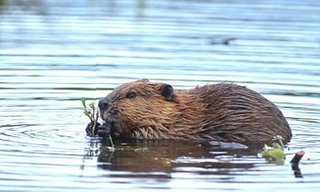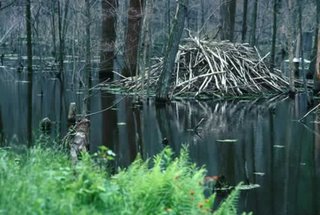Appalachian Snake Handling - A Ritual of Faith

Image: Carl Porter, pastor of the Church of the Lord Jesus Christ, has been handling snakes since 1971. Though bitten a dozen times, he continues to advocate snake-handling. When he opened his church 25 years ago only 15 people attended; there are now about 100 in his congregation.
The practice of serpent-handling began in some of the churches in Appalachia in the early 1900s and remains an observance in some places today, from Georgia to Pennsylvania. Its popularity has increased and diminished through the years. According to Ralph Hood, a professor of social psychology and the psychology of religion at the University of Tennessee, Chattanooga, serpent handling is currently at a rather low level of popularity. Such fluctuations are characteristic of a faith that persists throughout Appalachia.
Serpent handling has always been controversial and in many areas it is illegal, yet it shows no signs of disappearing from its traditional home in Appalachia.
For these practitioners of serpent-handling, handling snakes is simply following the gospel to the letter. They say that other folks don't do this because their churches don't believe, or it's just something they're scared of, “They come to that scripture but want to jump over that part because it's a deadly thing," says Junior McCormick a serpent-handling pastor from Georgia.
“And these signs shall follow them that believe; In my name shall they cast out devils; they shall speak with new tongues; They shall take up serpents; and if they drink any deadly thing, it shall not hurt them; they shall lay hands on the sick, and they shall recover.'' -Mark 16:18, the King James Bible
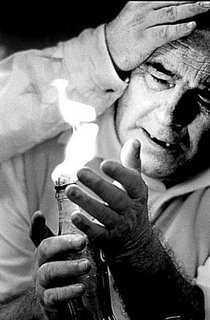
Image Right: Junior McCormick, left, has been handling fire and snakes for more than 20 years.
Historically, the practice of serpent-handling church services was in poor, isolated rural areas, but that's no longer the case. Some churches where this is practiced are near cities like Atlanta, Georgia, and Middlesboro, Kentucky, and the middle Appalachian region itself is less rural than it used to be. While there are a number of churches with small congregations, with a dozen or so members still exist throughout the heart of Appalachia, the faith is also practiced in the neighboring states of Ohio and Alabama.
Like other Christian fundamentalists, serpent handlers' beliefs are rooted in a literal interpretation of the scriptures.
Tom Burton, a professor emeritus at East Tennessee State University and author of “Serpent Handling Believers, an authoritative study of the belief,” has attended many snake-handling services and studied the practice for over 30 years. Burton says that much of what goes on at such churches would be familiar to other Christians.
"If you were there when they were not taking up serpents, or even during other parts of a service where they did, it would be like many other Pentecostal groups," There is singing, preaching, laying on of hands, praying, testifying, and that sort of thing. It's kind of an expressive church service where people freely share emotions, a very participatory service like most Pentecostal services."
But those anointed by the Holy Spirit answer the calling by taking up the deadly reptiles or by drinking poisons. Burton says, "Only certain individuals commonly handle serpents, and it goes without saying that they warn people: 'If you're not directed by the Holy Ghost to do this, you'd better not.'"
To learn more about this practice, visit Serpent Handlers.
Images: from The Augusta Chronicle
Technorati Tags: [Blue Ridge Mountains][Snake Handling][serpent-handling][Appalachia]




